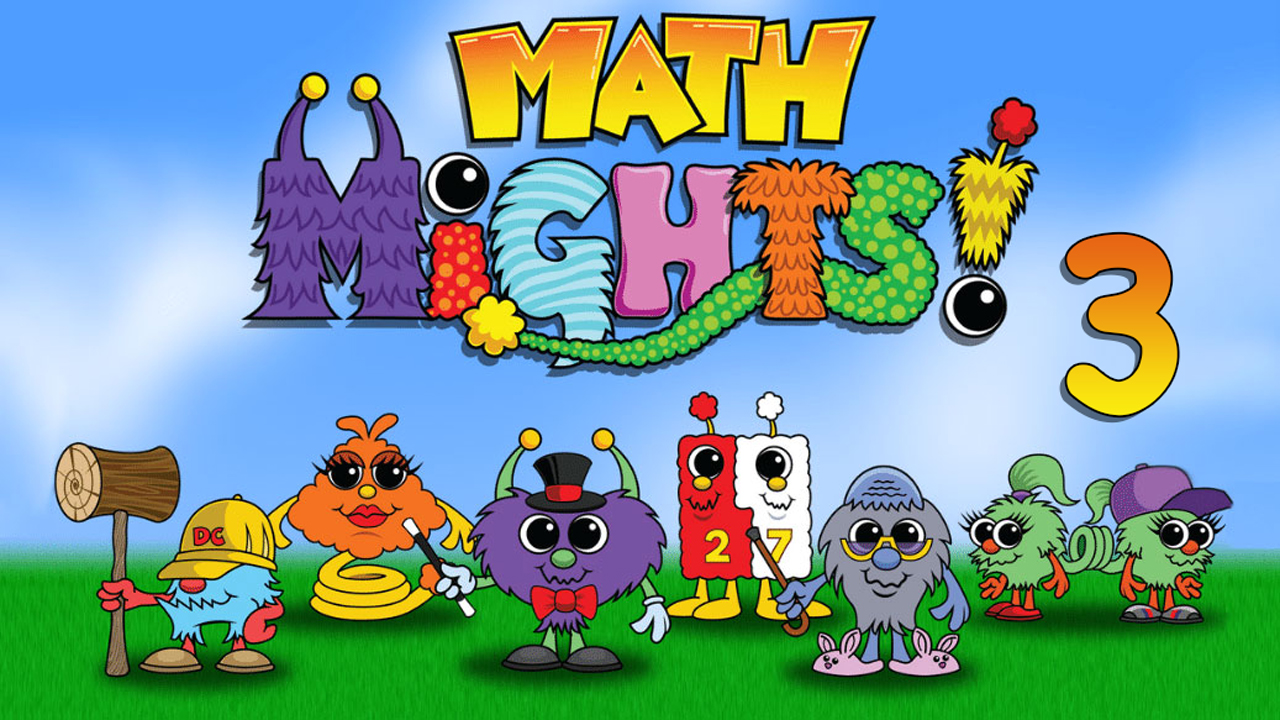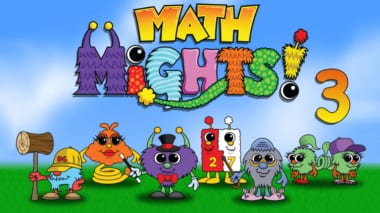Let’s use number lines to compare fractions.
Math Mights was adapted from IM K-5 Math™ ©2021 by Illustrative Mathematics®, released under the Creative Commons Attribution 4.0 International License (CC BY 4.0) https://creativecommons.org/licenses/by/4.0/.
Additions and adaptations are ©2021 by Strategic Intervention Solutions, LLC
Interpret whole-number quotients of whole numbers, e.g., interpret 56 ÷ 8 as the number of objects in each share when 56 objects are partitioned equally into 8 shares, or as a number of shares when 56 objects are partitioned into equal shares of 8 objects each. For example, describe a context in which a number of shares or a number of groups can be expressed as 56 ÷ 8.
Use multiplication and division within 100 to solve word problems in situations involving equal groups, arrays, and measurement quantities, e.g., by using drawings and equations with a symbol for the unknown number to represent the problem.
Develop understanding of fractions as numbers. Explain equivalence of fractions in special cases, and compare fractions by reasoning about their size. (Grade 3 expectations in this domain are limited to fractions with denominators 2, 3, 4, 6, and 8.)
Visit the lesson page on MathMights.org for additional resources.
Download Full Packet
Download the full year's Math Mights extension activities.


